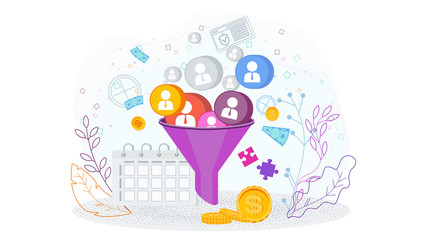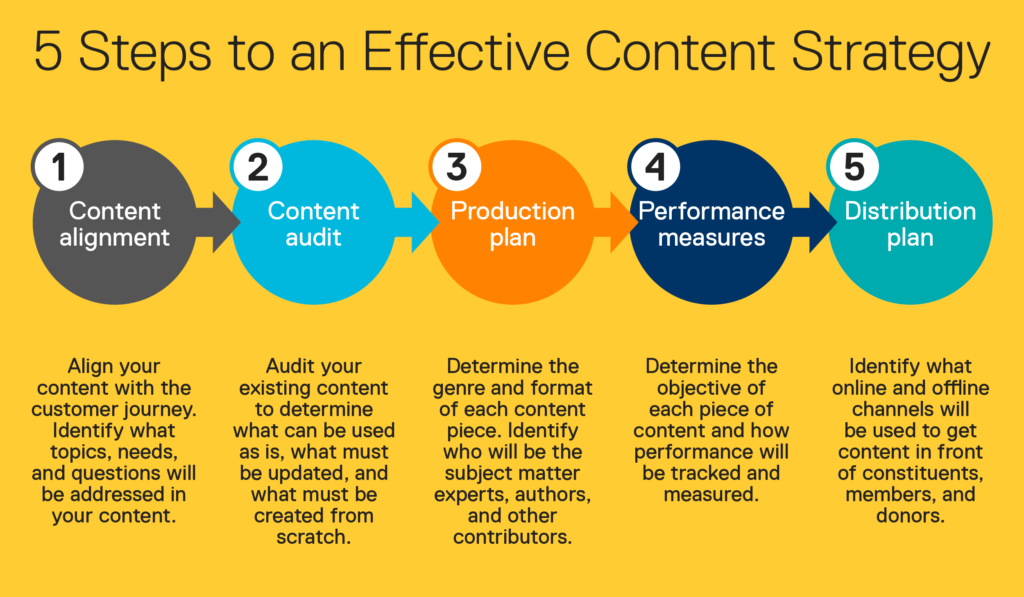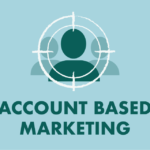The middle of the funnel also brings some unique challenges; the leads may turn stagnant and cold at this stage. They might stop responding, which deems they aren’t qualified. This results in slow velocity and restricts the lead flow.
Here we’ll discuss the four prime strategies to leverage and surmount these hurdles.
Combat Poor Quality Leads at the Source
Not all lead sources are equal, neither is their quality. Four metrics to track each lead source
● MQLs Volume
● Ratio of opportunities created (SQLs)
● Rate of close conversions/deals (New Clients)
● Average selling price
It’s crucial to dive deeper into the ROI for each program as these metrics help the marketing team derive quality leads and also recognize the pain points at the earliest. For instance, leads who signed up for a trial move faster through the sales funnel and have a higher closing rate than those who attended the webinar, for lead sources with less than average conversion rate, like downloading a whitepaper require a to pass a higher qualification bar before passed on to the sales team.
Simultaneously, data quality is directly proportional to lead quality, and poor data leads to low conversion rates. You can use data from third-party data providers to generate new leads, but it’s also necessary to verify the origin of such data. As these leads at first might look like good quality leads as they come through target companies in the market, but as these leads pass down the funnel, they may lack essential details such as company size or maybe even incorrect phone numbers.
Drive More Leads from Each Segment
Developing a continuous lead nurturing process is a dream of every demand generation marketer. Unfortunately, the business doesn’t always work as planned. Sometimes, the marketing team requires to quickly send a large number of leads to the sales team, either to fulfill a strategic goal or to compensate for the lost time. Instead of going overbroad and compromising with the quality, marketers can focus on certain categories of leads that are waiting in the middle of the funnel to drive more quantity without affecting the quality of the leads.
Boost Lead Velocity with Lead Scoring
Lead scoring is the trigger you can pull to enhance your lead velocity. Demand generation managers can conduct routine regression analysis on the database over various behavioral factors to define which characteristics turn into a good lead.
They can also analyze various actions, such as email clicks, website visits, whitepaper downloads, social media engagements, and webinar registrations. You can monitor how many leads took these actions that ultimately turned into deals, client conversions, and revenue. These researches help you determine which prospect behaviors indicate the best buying intent.
By designing a lead scoring model that indicates prospects’ interests and behaviors, you’ll be able to determine leads who show intent to buy and move them faster to the sales to improve the lead velocity.
As B2B marketing is ever-changing, audience interests, the content they are looking for, and business goals also change over time. Ensure to run these analyses from time to time to align your lead scoring model to help achieve your goals.
Decrease Handover Time with Context and Content
When the sales team doesn’t have sufficient data on each lead to follow up creates a sort of gap that often results in slow velocity. This is where the marketing team can eliminate these obstacles to an extent.
Firstly, the marketing needs to provide the sales team the materials such as case studies and whitepapers; they can send to engage the leads. Secondly, create customized content relevant to the client’s interests, a series of content that keeps them engaging at each phase of the funnel. For instance, if the prospects have registered for a webinar, the next step is to send them ebooks related to the same.
To ensure the sales team follows up with each lead at ease, the marketing team needs to devise email alerts that are sent to SDRs any time a new MQL is assigned. These emails must include prospects’ data records and their relevant information, such as the list of webinars they’ve attended and along with few details on prospects’ behavior and interests. If anything’s missing or looks off the track, the SDRs can simply reply on the same to enquire. To avoid any barrier in the middle of the funnel, it’s essential to line up the marketing and sales teams to speed up the velocity and increase the conversion rates.
Wrapping up!
Following these four strategies mentioned above will enable you to improve the lead quality and derive more volume, hassle-free handover, and compel the prospects with relevant and engaging content.





